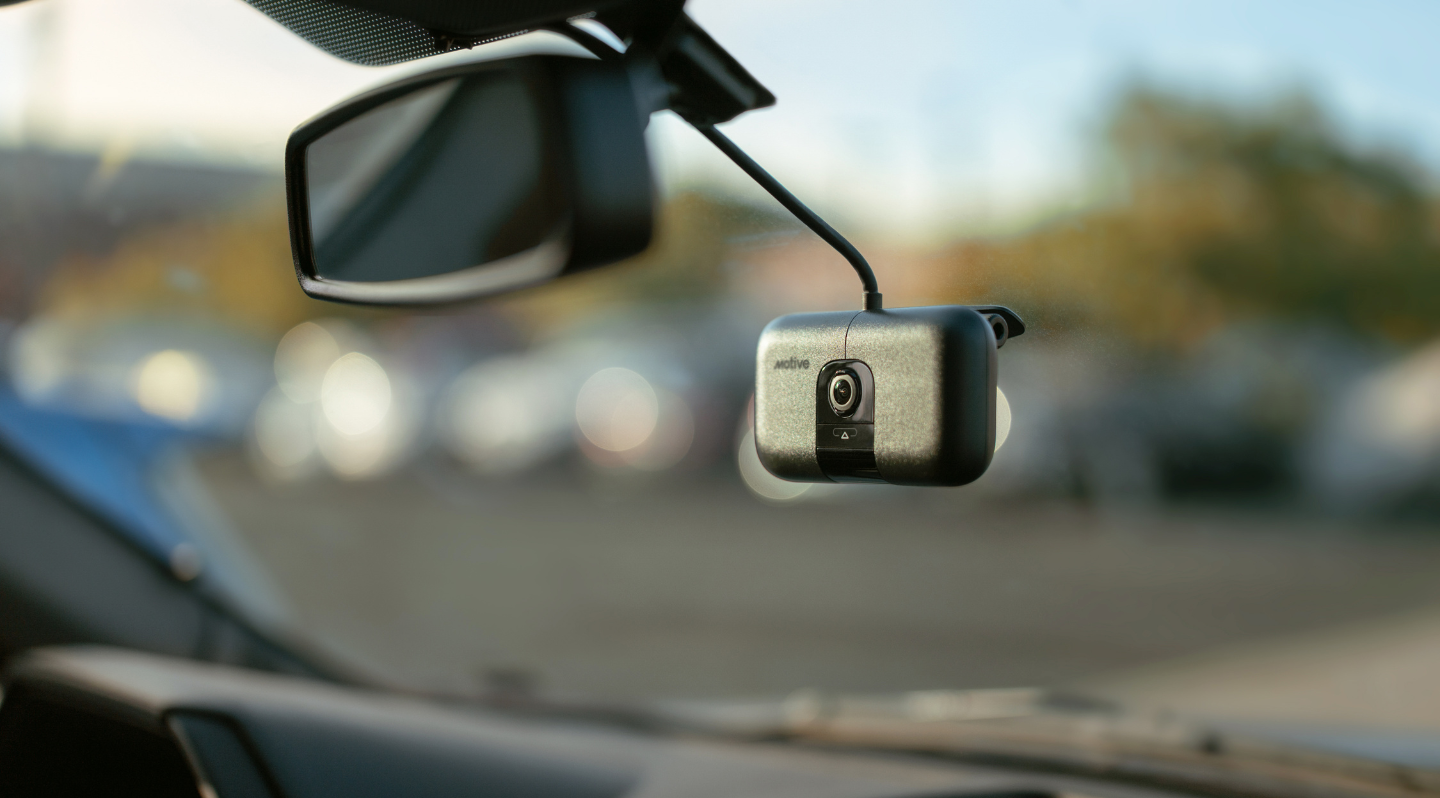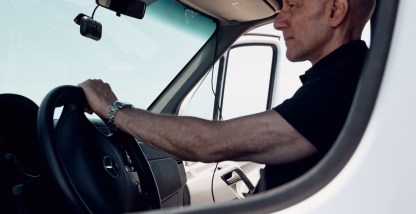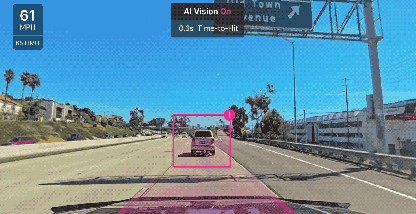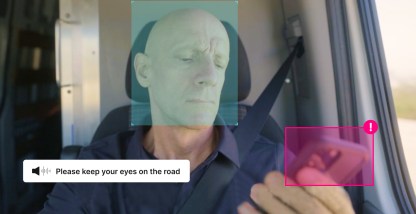Commercial fleets have had an interesting relationship with vehicle-based cameras, with a number of fleet operators rushing to the front and adding cameras inside and outside their vehicles. And recent research backs that up—in 2021, nearly 3 million camera units were in use, with more than 6 million expected by 2026.
Other fleets have been reluctant to go all-in on cameras. They’ve dipped their toes in with road-facing cameras (RFCs) while holding back on driver-facing cameras (DFCs) due to driver pushback over privacy concerns, confusion over how the video will be used, and fear that any driver negligence or distraction will be highlighted.
While those concerns are understandable, the stakes are too high not to deploy DFCs. New research from the American Transportation Research Institute (ATRI) today supports that stance, showing that fleet leaders can’t wait any longer—the risk now outweighs the benefit of avoiding conflict with drivers.
What’s at stake?
One word: Liability. Without cameras, a fleet’s exposure to litigation is massive. Lawsuits are defining the landscape of the industry, and simply stated, more coverage is better. The ATRI research suggests that fleets that don’t use driver-facing cameras are potentially increasing their liability from accidents. The report also found that DFCs can help mitigate that liability and improve safety for both drivers and fleets. According to legal and insurance experts surveyed for the report, “DFC footage, when available, exonerates drivers in 52 percent of insurance claims and 49 percent of litigation cases as well as leading to settlements in 86 percent of cases versus proceeding to trial.”
It’s not just about proof.
DFCs can give fleets the information they need to rectify any risky driving behaviors before they become an issue. The more information that you have about the activity of your fleet, the more engaged and effective you can be when coaching drivers, and the more easily you can develop a defensive strategy for your team.
Don’t knock it until you’ve tried it.
Drivers who have never experienced DFCs are understandably wary. But once a driver uses DFCs, approval ratings go up. The report found that “current users rate DFCs more than twice as high as drivers who have never used DFCs.” Driver-facing cameras seem to be the monster under the bed for truckers. All they need to do is take a peek to realize there was never anything to be scared of. Or put simply, the more drivers interact with DFCs, the more they accept them.
If you don’t go with DFCs, you better have a really good reason.
There’s little doubt that DFCs will become commonplace in trucking just like they are for passenger transportation. So if you decide against DFCs, and you have an incident where video evidence would have been available had you deployed them, you’re going to have to defend your choice, potentially in court. Legal and insurance experts surveyed in the ATRI report suggest fleet operators document the thoroughness of their safety program or highlight the cost of DFCs if they choose not to use them. But even so, there’s no guarantee that those justifications will hold up.
Making a case for DFCs.
If you’re a fleet manager who is considering introducing DFCs, here are some things ATRI suggests keeping in mind:
- Communicate clearly with drivers. One of the biggest concerns drivers have with DFCs is the invasion of privacy. As a fleet manager, it’s important to communicate clearly with your drivers about why you’re implementing DFCs and how they will be used. Be transparent about how the footage will be accessed and who will have access to it.
- Set clear policies. It’s important to have clear policies in place for how DFC footage will be used. Make sure drivers understand the consequences of violating policies and that policies are consistently enforced.
- Consider the technology. There are different types of driver-facing camera technology available, each with its own pros and cons. Consider the features that are most important to your fleet, such as video quality, real-time monitoring, and integration with other fleet management systems.
- Be mindful of driver fatigue. DFCs can be useful in detecting signs of driver fatigue, but it’s important to also address the root causes of fatigue. Ensure that drivers are receiving adequate rest breaks and that scheduling is designed to minimize driver fatigue.
- Train drivers. Provide training for drivers on how to use DFCs and how to respond to alerts generated by the technology. Make sure drivers understand that DFCs are not meant to replace good driving habits and that they still need to be alert and focused on the road.
Drivers have a tough job with long hours. And the last thing they want is for someone to be able to watch them while they’re at work or, worse yet, asleep in the back of the cab while off-duty. But fleets can’t sit on this—the benefits of DFCs far outweigh any privacy concerns, warranted or not. By communicating clearly with drivers, setting clear policies, considering the technology, addressing driver fatigue, and providing training, fleet managers and safety leaders can introduce DFCs in a way that improves safety, reduces liability, and addresses any concerns drivers may have.
Want to learn more about how Motive AI Dashcams can help your fleet? Request a demo today!










